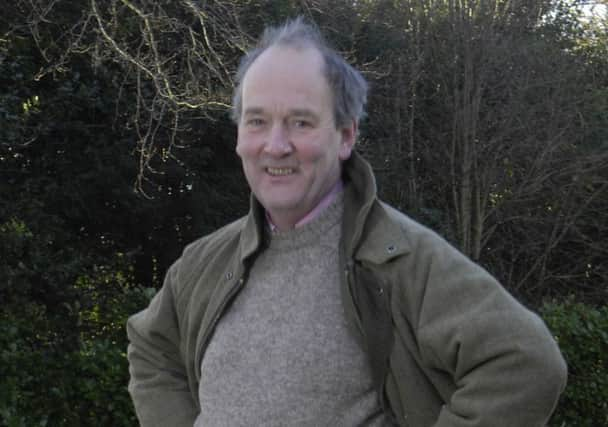Alastair Robertson: The decline and fall of UK woodcock


It has not made an appearance on the Game and Wildlife Conservation Trust “Where are they now” map of tagged woodcock migration routes for at least a couple of years.
Still, I am happy to keep on donating to the research from which I will benefit in the long run. The more we know about the birds and where they go, the better we will understand them and be able to conserve their numbers in order to shoot them. Wherein, of course, lies the slightly cockeyed logic of the whole thing.
Advertisement
Hide AdAdvertisement
Hide AdIf the numbers are falling should we be shooting them at all? The debate is all the more interesting in that it is taking place largely within the shooting fraternity.
To those who shoot, the woodcock is a prized sporting bird which dives and jinks like an oversized bat. However the UK population is declining at a sharpish rate. Not surprising say the critics, when we shoot 100,000 a year.
Three in ten woodcock sites recorded in 2003 have now been abandoned, following decades of declines. Woodcock are near absent from Wales, the southwest and the Midlands. So the obvious answer is to stop shooting them. Or is it?
Research by the GWCT funded by, ironically, the very people who shoot them, suggests there is actually a stable Europe-wide population of seven to eight million breeding males and our UK population is bolstered in winter by 1.5 million of these continental migrants. From 1,200 birds shot in the UK, it was found that 97.5 per cent were birds from countries like Russia and Finland, where numbers are stable.
In other words it’s a “sustainable harvest”, even though the home grown population is declining. And that is almost certainly down to habitat, not shooting.
All the same, there are those who point out that as woodcock do not arrive waving the flag of their country of origin no one can tell if a bird is home-grown or immigrant. (One, for instance, was shot on our shoot the other day. It must have been a local bird as the migrants seldom arrive before the first full moon of November). On that basis it would be sensible to lay off woodcock until the end of November. But to not shoot them at all, as has been suggested would, great irony of ironies, remove the very interest, the sporting interest – people like me coughing up three quid a month – which allows GWCT to do the research that would otherwise probably not get done. It’s a funny old world. n